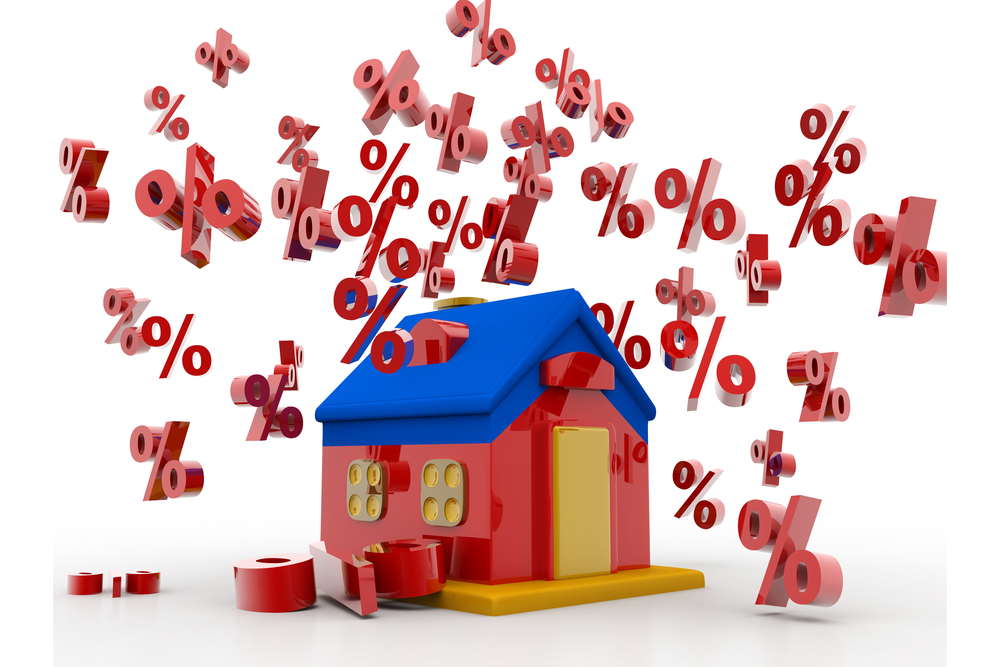Mortgages
Default mortgage rates at highest level since 2009

The average standard variable rate (SVR) for June reached 4.91%, the highest level since February 2009.
The Moneyfacts UK mortgage trends treasury report illustrated how average rates and product availability has shifted since the first of the recent Bank of England base rate rises.
The central bank has raised rates for the fifth time in six months between December 2021 and June 2022, increasing the base rate from 0.1% to its current 1.25%.
Moneyfacts said the average SVR for June reached 4.91% following a rise of 0.13% compared to last month’s equivalent rate, and of 0.51% since December 2021.
It said the rise was the highest it had recorded since February 2009 when it was 4.94%, surpassing the pre-pandemic average revert rate of 4.90 per cent in March 2020.
Gap between two- and five-year fixed rates shrink
For the eighth consecutive month the average overall two-year fixed rate has risen. It now stands at an average 3.25% which is the highest Moneyfacts has recorded since November 2014 at 3.31%.
The overall five-year fixed rate average sits at 3.37% following a month-on-month increase of 0.20% and is the highest on its records in seven years; compared to June 2015 when it was 3.38%.
This means that the margin between the average two- and five-year fixed rate is now just 0.12% – the smallest differential since February 2013.
The average two-year tracker rate has climbed to 2.54% representing an increase of 0.27% compared to last month, and a rise of 0.96% when compared to the equivalent rate from December 2021 when it was 1.58%. This is the highest recorded since September 2014 when the rate was 2.61%.
Meanwhile, the number of mortgage products has dipped by 100 in the past month to leave 4,987 deals for would-be borrowers to choose from.
And product shelf-life had also fallen back to a record low of 21 days this month, as providers continue to tweak their offerings and condense their ranges in light of the ever-changing economic background. As such, some deals may not be available for long before they’re withdrawn or amended.
Eleanor Williams, finance expert at Moneyfacts, said: “Average rates for those with higher levels of equity or deposit have seen some of the steepest increases, which may come as a surprise as products at this end of the loan to value spectrum have traditionally been priced lower, in part due to the smaller risk of default they tend to pose for providers.
“At 65% LTV the average two- and five-year fixed rates rose by 0.57% and 0.47% month-on-month to sit at 3.55% and 3.77% respectively.”
Williams said it was at 60% LTV that Moneyfacts had recorded the largest rate increases in the two- and five-year averages since December 2021. These equivalent rates rose to 2.91% and 3.05% this month, a significant 1.25% and 1.12% above where they sat in December 2021.
“It’s interesting to note that it’s only the 90% and 95% LTV tiers (so often favoured by first-time buyers with smaller deposits) where the average two- and five-year fixed rates remain lower now than they were this time last year, which may give hope to those looking to take a step onto the property ladder. While many consumers are battling the ongoing cost-of-living crisis though, it remains to be seen how any further changes in the market will impact prospective mortgage borrowers,” she added.